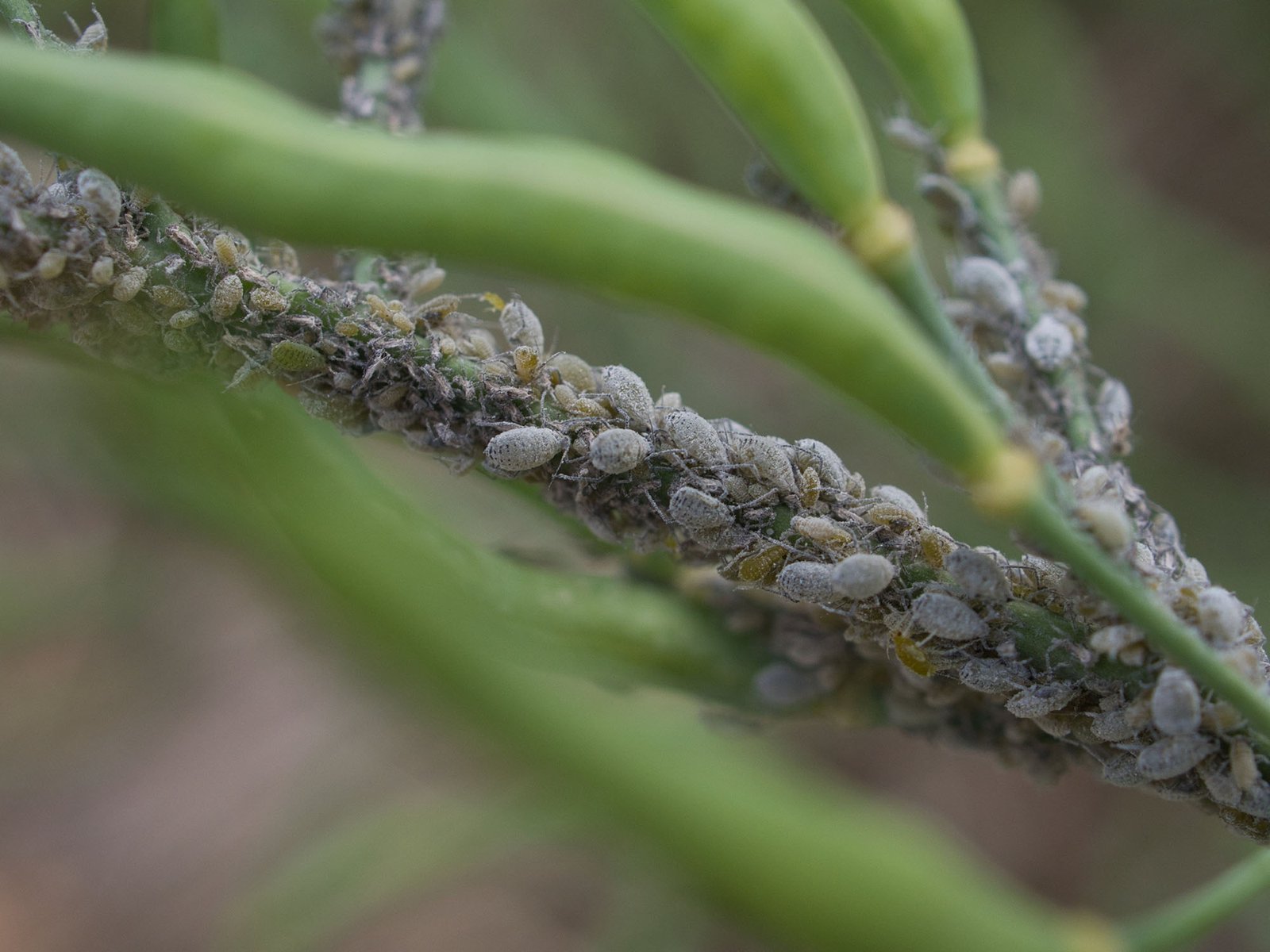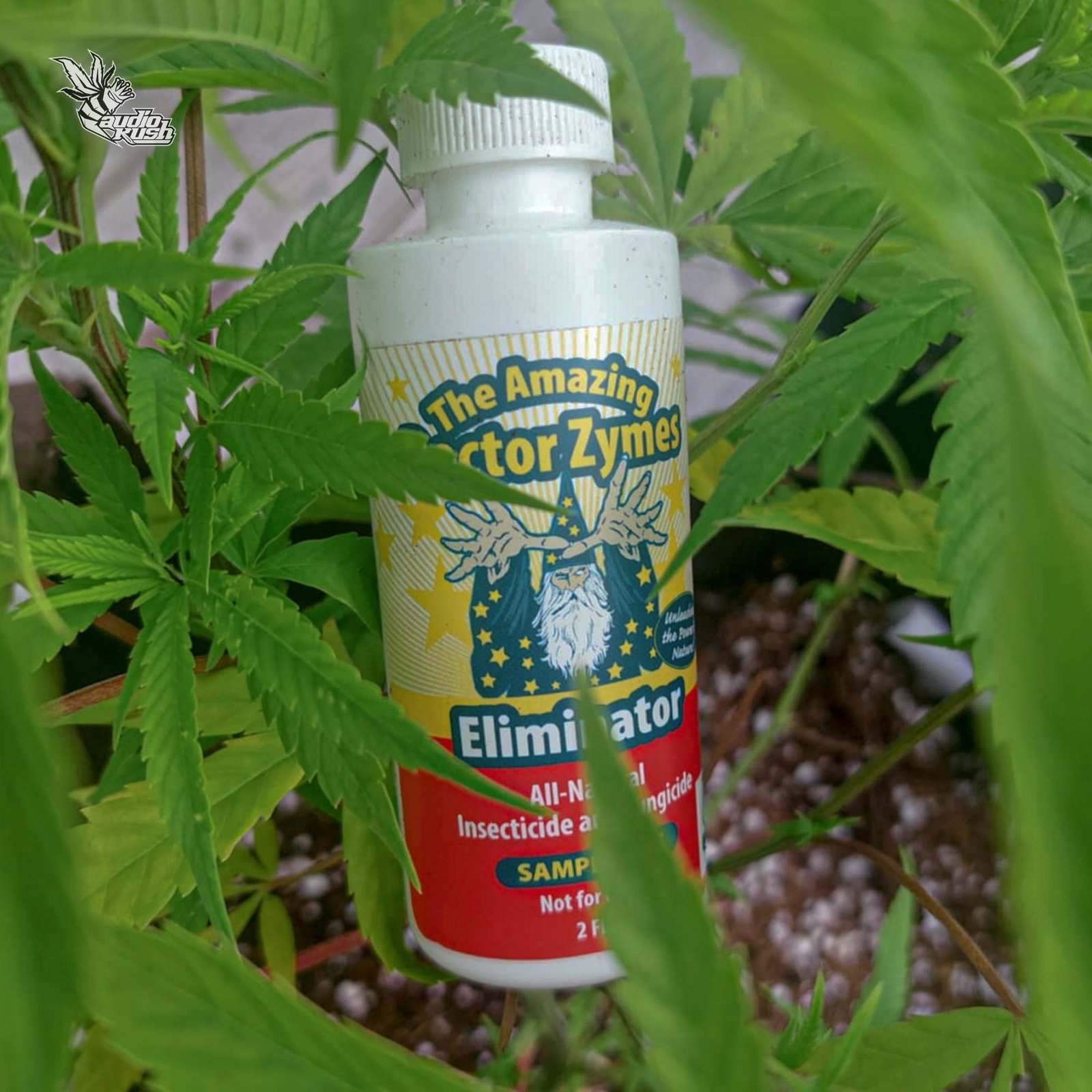Pests and insects can pose a significant threat to cannabis plants, affecting their health, growth, and overall harvest. Some common signs of pest infestation include yellowing or wilting leaves, holes in the leaves, and visible pests on the plant. Proper identification and timely treatment of these pests are crucial to protecting the health and yield of cannabis plants.
Introduction to Cannabis Pests and Insects:
Some of the most common pests that can harm cannabis plants include aphids, spider mites, fungus gnats, and caterpillars. These pests can cause damage to the leaves, stems, and buds of the plants, leading to reduced yields and lower quality cannabis. It is important for growers to be able to identify these pests and take appropriate measures to control their populations in order to protect their crops.
These common cannabis pests can cause extensive damage if not properly controlled. It is important for growers to be vigilant in monitoring their plants for signs of infestation and to implement effective pest management strategies to protect their crop.
Identifying and Monitoring Cannabis Pests
When you are beginning to grow cannabis, identifying cannabis pests is crucial for effective pest management. Monitoring techniques such as regularly inspecting plants for visible signs of damage, using sticky traps, and conducting regular scouting can help growers detect pests early on.
It is also important to understand the life cycles and habits of different pests in order to effectively control their populations. By knowing when certain pests are most active and vulnerable, growers can implement targeted control measures such as introducing beneficial insects or using organic pesticides. Regular monitoring and identification of pests are essential components of integrated pest management practices to ensure the health and productivity of cannabis crops.
Fungus Gnats
Fungus gnats are small flying insects that lay their eggs in the soil of cannabis plants. The larvae feed on organic matter and roots, potentially causing damage and affecting the overall health of the plant. It is important for growers to regularly inspect their plants for signs of fungus gnat infestations and take appropriate measures to control their populations.
Spider Mites
Spider mites are tiny arachnids that feed on the sap of cannabis plants, causing yellowing leaves, stippling, and webbing. They reproduce quickly and can rapidly infest an entire crop if not controlled. Growers should regularly inspect the undersides of leaves for signs of spider mite activity and implement measures such as introducing predatory insects or using insecticidal soaps to manage infestations.
Aphids
Aphids are small insects that feed on the sap of cannabis plants, causing wilting, yellowing, and distorted growth. They reproduce rapidly and can spread diseases among plants. Growers should monitor their plants for signs of aphid infestations, such as sticky honeydew residue or curled leaves, and use effective methods to manage the infestations.

White Flies
White flies are small, flying insects that feed on the underside of cannabis leaves, causing yellowing, wilting, and stunted growth. They can also transmit viruses between plants. To manage white fly infestations, growers can use methods like introducing parasitic wasps or applying reflective mulch to deter them from landing on plants.
Japanese Beetles
Japanese beetles are invasive pests that feed on the leaves, flowers, and fruits of cannabis plants, causing significant damage. They can skeletonize leaves and attract other cannabis pests, like slugs. To control Japanese beetle infestations, growers can handpick them off plants, use traps, or apply insecticidal soap.
Slugs
Slugs are soft-bodied pests that feed on cannabis plants by chewing irregular holes in leaves and stems, causing damage to the plant. They are most active during damp conditions and can also leave a slimy trail behind them. To manage slug infestations, growers can use barriers like copper tape or diatomaceous earth, as well as handpicking them off plants during the evening hours when they are most active.
Thrips
Thrips are tiny insects that feed on cannabis plants by sucking out the plant’s juices, causing silver or bronze streaks on leaves. They can also transmit viruses to the plant. To control thrip infestations, growers can use insecticidal soaps or introduce natural predators like ladybugs to the garden.
While many of the above techniques may work for small infestations, it may be necessary to look into reliable products on the market to control larger infestations. However, steer clear of harmful synthetic solutions, as they can cause more harm than good. Opt for natural and organic pest control options that are safe for both the plants and the environment.

Organic Cannabis Pest Control Methods
Organic pest control methods offer a safe and environmentally-friendly alternative to traditional chemical pesticides. These methods include using beneficial insects, such as ladybugs or lacewings, to prey on harmful pests like aphids or mites. Additionally, introducing companion plants that repel pests or attract beneficial insects can help maintain a balanced ecosystem in the garden.
One highly recommended organic cannabis pest control product is The Amazing Doctor Doctor Zymes Eliminator. This all-natural enzyme-based formula effectively eliminates a wide range of pests and pathogens without harming beneficial insects or plants. It is safe to use on cannabis plants and leaves no harmful residue, making it an ideal choice for growers looking to protect their crops while maintaining a healthy environment.
What If You Have To Deal with Severe Infestations?
The Amazing Doctor Zymes’ Eliminator can be effective in treating severe infestations of cannabis pests, as it is a powerful yet natural solution that can help eliminate insects and pathogens without causing harm to the plant. However, in cases of severe infestations, it may be necessary to take additional steps to ensure the health and survival of cannabis garden.
One of the best ways to deal with severe infestations is to quarantine the affected plant to prevent the spread of pests to other plants. This can help contain the infestation and allow for targeted treatment with The Amazing Doctor Zymes’ Eliminator or other cannabis pest control methods. Additionally, removing heavily infested areas of the plant, such as severely damaged leaves or stems, can help reduce the pest population and give the plant a better chance at recovery.
If the infestation is too severe and has caused irreparable damage to the plant, it may be necessary to remove and dispose of the plant entirely. This drastic measure can help prevent further spread of pests and protect surrounding plants from being affected. By taking swift and decisive action to deal with severe infestations, growers can protect their crops and maintain a healthy growing environment for their cannabis plants.

Have A Thriving Harvest By Prioritizing Cannabis Pest Control
It is essential to prioritize pest control as part of successful cultivation practices. Staying informed about common pests and implementing integrated pest management strategies can greatly improve the health and yield of cannabis plants. By taking proactive measures and staying vigilant, growers can protect their crops and maintain a healthy growing environment for their cannabis plants. Being attentive to the needs of your plants can ensure a successful and thriving harvest.




